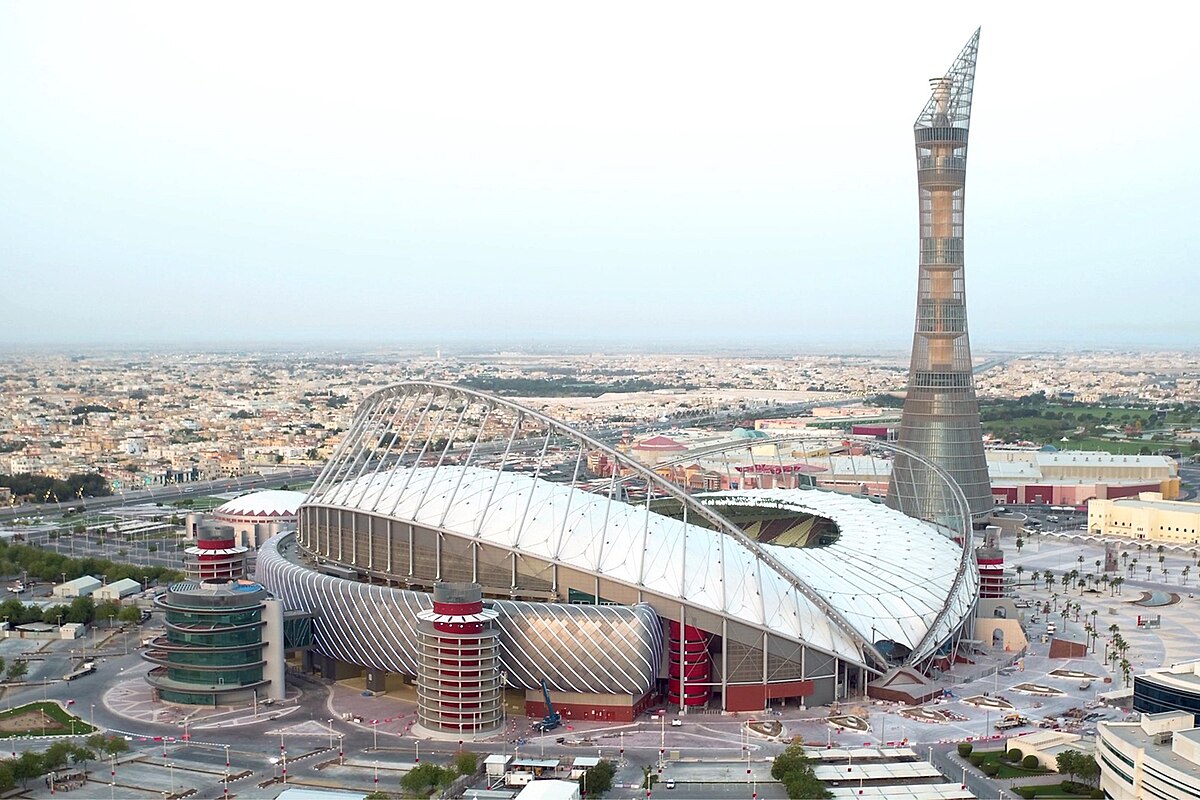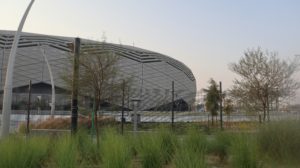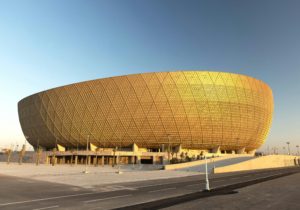Exploring the Architectural Wonders: Stadiums of Qatar
When it came to hosting major sporting events, Qatar stood out not only for its passion for sports but also for its innovative and breathtaking stadium designs. As the host of the FIFA World Cup in 2022, the country spared no effort in creating state-of-the-art venues that blended modernity with traditional Qatari influences. Let’s embark on a journey to explore some of the most remarkable stadiums that graced Qatar during the tournament.
Before we move on, did you know that every week we send out a newsletter featuring:
- New Destinations on the Tripio app
- Highlighted Itineraries on the Tripio app
- Articles from the Tripio blog
Subscribe to Tripio’s Weekly Newsletter!
Education City Stadium
Located in the heart of Education City, this stadium was a true marvel of modern architecture. Designed by the acclaimed architect Dame Zaha Hadid, Education City Stadium featured a stunning facade inspired by the intricate designs of Islamic art. With a capacity of 40,000 spectators, it hosted matches up to the quarterfinals during the FIFA World Cup.
Al Janoub Stadium
Formerly known as Al Wakrah Stadium, this venue was a tribute to the maritime heritage of Qatar. Designed by the renowned architect Zaha Hadid, Al Janoub Stadium’s unique shape resembled the sails of a traditional dhow boat. With a seating capacity of 40,000, the stadium hosted matches up to the quarterfinals during the World Cup.
Lusail Iconic Stadium
Set as the centerpiece of the 2022 FIFA World Cup, Lusail Iconic Stadium was a symbol of Qatar’s vision for the future. Designed by British architect Norman Foster, this futuristic stadium was located in the newly developed city of Lusail and hosted the opening and final matches of the tournament. With a seating capacity of 80,000, it delivered an unforgettable experience for football fans around the world.
Khalifa International Stadium
As one of Qatar’s most iconic sporting venues, Khalifa International Stadium had undergone extensive renovations to meet FIFA’s standards for the World Cup. With a striking facade that reflected the country’s heritage, the stadium featured a state-of-the-art cooling system to ensure the comfort of players and spectators alike. With a capacity of 40,000, it hosted matches up to the quarterfinals during the tournament.
Al Bayt Stadium
Inspired by the traditional tents of the nomadic Bedouin tribes, Al Bayt Stadium was a stunning example of Qatari hospitality and culture. Located in Al Khor City, the stadium’s facade resembled a giant tent made of intricately woven materials. With a seating capacity of 60,000, it hosted matches up to the quarterfinals during the FIFA World Cup.
In conclusion, the stadiums of Qatar not only served as venues for sporting events but also as architectural landmarks that showcased the country’s rich culture and heritage. With their innovative designs and cutting-edge technology, these stadiums redefined the fan experience during the 2022 FIFA World Cup and left a lasting legacy for generations to come.
Check out: Qatar: Pearl Of The Middle East
-Liam, Tripio Guru


















Leave a Reply
Want to join the discussion?Feel free to contribute!